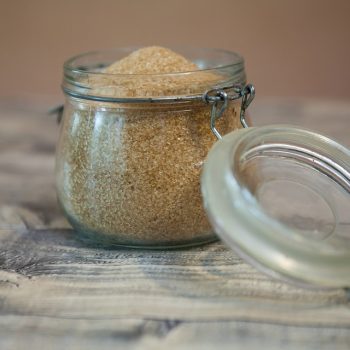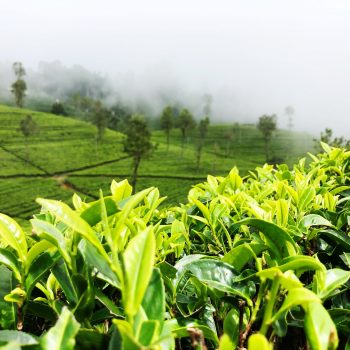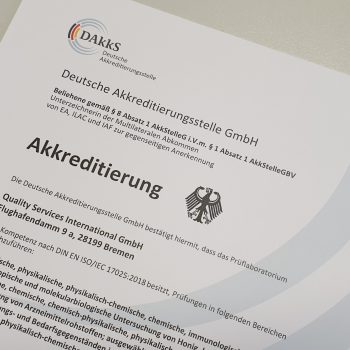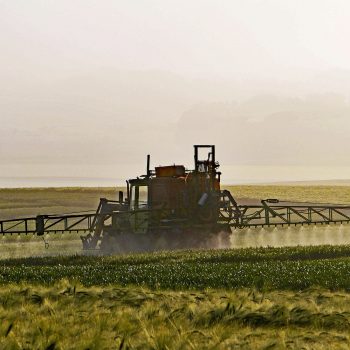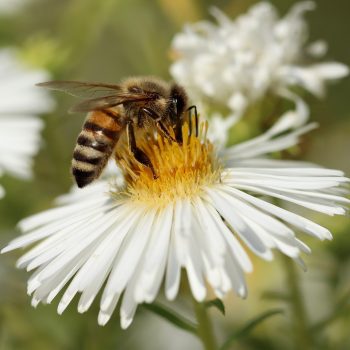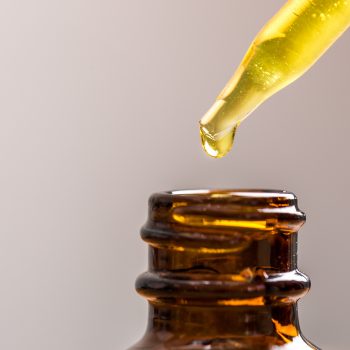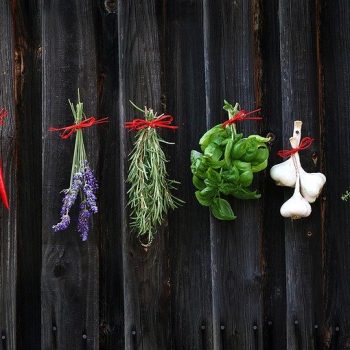Coconut blossom sugar – a new sweetener
Coconut blossom sugar is obtained from nectar of the coconut palm and has become increasingly popular in recent years. This leads to increased demand and quality control. The popularity of coconut blossom sugar can be traced back to its lower glycemic index compared to conventional household sugar. The glycemic index indicates how quickly the blood
... Continued

